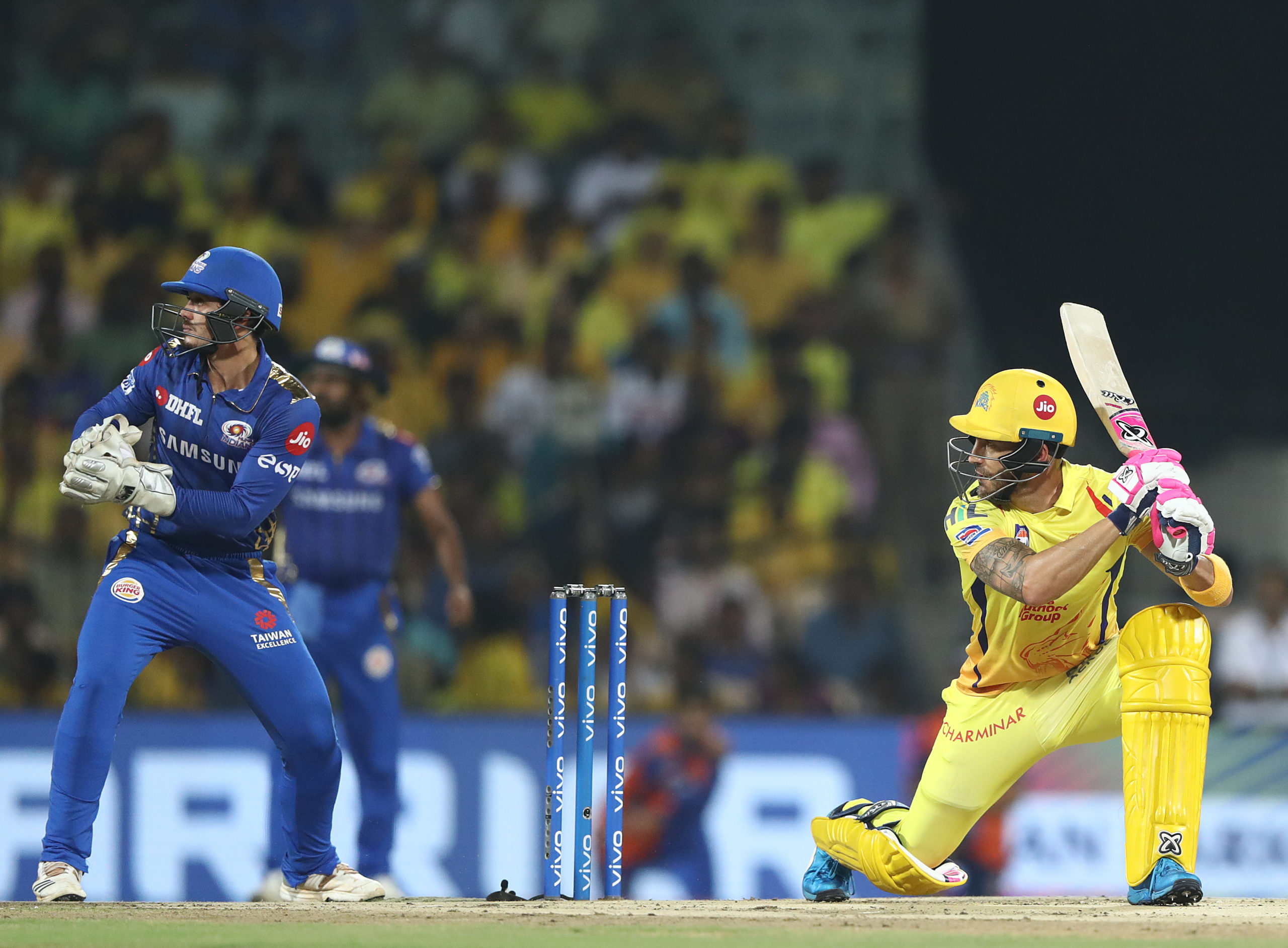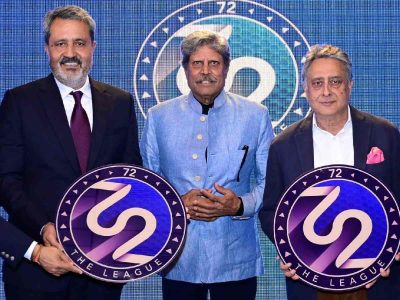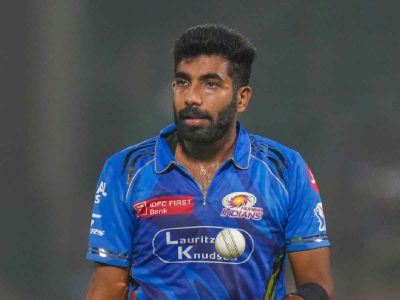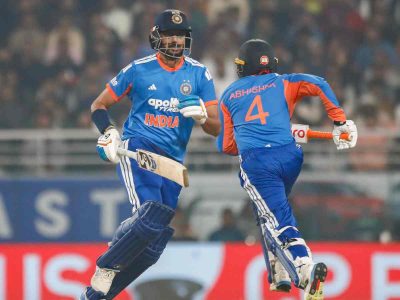With IPL 2021 about to kick off, BCCI’s new rules for the season has left fans wondering: are cricketers expected to perform like robots?
Imagine a scenario where robots are playing and managing cricket!
Umpires are no more empowered to give any decision, or for that matter not even been allowed to express (signal) their “soft” suggestions, as has now been implemented by Indian Cricket Board in the case of “leg-before review calls” to be in place from April 9, 2021.
No on-field tactics of irritating a set batsman. No tactical manoeuvre to slow down the pace even when opponents are running away with the game. Even if you are hammered for over a dozen runs in an over, you may well find the fielding side captain to be more worried about adhering to the time limit than discussing and changing on-field tactics to put brakes on the opponents.
This is a new age cricket being served to our Generation-X. We are looking at a scenario where all 88 playing members divided over eight Indian Premier League teams are expected to perform like robots?
Given the situation where new IPL rules have mandated the teams to finish 20 overs within the stipulated 90 minutes (including strategic time-outs) for upcoming season starting April 9, it looks pretty simple that all eight captains are left with no choice but to play more spinners or to force pacers to reduce and fasten up with their run-ups in order to save hefty fines suspensions.
Looking at the harsh penalties where a captain will be deducted of Rs 12 lakh for first offence to Rs 30 lakh fine along with a one-match suspension, we could well see bigger scores, or bowlers being hit even harder during the season. This apart from the fact that most of the bowlers, especially speedsters, are designed to perform like mechanical robots adhering to time limits.
Cricket, no more a leisure sport
When cricket was conceived by Britishers, it used to be played during the weekends or as an amateurish leisure sport.
Over the century and especially after the invention of One-day cricket in early 70s, cricket had been transformed as a sport for the youth who could well may not have time to watch it for five days. But it was 2008 onwards that this leisure game was forced to take the route of the US-style NBA.
The rules of the game were “written” or being told to all the “franchise owners” by none other but Lalit Modi, probably the most powerful or notorious BCCI administrator of modern times. As he was coming back to India from his long and controversial US stint, he had ideas and zeal to take this game to those who were only glued to TV soap operas. He had studied and copied all ideas from the US, for viewers who wanted to be a bit more adventurous during weekends – rather than just watching some dull TV serials.
Though he faced some opposition initially, he overcame all that with the power of money. “Hire them, load them with huge sums and then use them” was the simple formula clicked amongst the “old poor generation of Indian cricketers” who all either agreed to come on board or were left with no choice, like hard-core critique Mansur Ali Khan Pataudi.
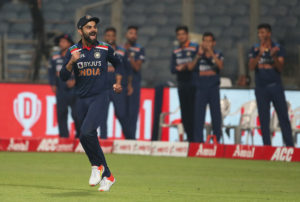
Improved fitness, deteriorated game
It soon was noticeable that IPL brought in a lot of changes in the way cricket was played over the decades. A new-found aggression on field to stop the boundaries along with innovative ways to throw bodies into the air to complete unbelievable catches, IPL transformed the game in a new way.
However, the skills or most sought-after copy book styles were gone for a toss.
Players forgot to play simple and straight incoming or outgoing deliveries. The stumps were shattered by anyone or everyone in possession of the white ball. Cricket as a game was seen as an entertainment package now, replacing it from “gentleman’s game playing in a fair manner.”
So much so that even the ombudsman of the game, used to be called an ‘Umpire’ till 2008, was virtually replaced by new on-field toys like DRS and Hot-Spot.
There was still a power left with on-field umpire till coming April 9, giving his opinion about leg-before appeals, which now stand withdrawn by BCCI owing to pressure by Team India skipper Virat Kohli.
Earning vs deductions
Imagine a scenario where last season’s best speedster Kagiso Rabada of Delhi Capital’s (South Africa) is bowling with a shorter run-up and an urgent message from team management to keep a pace with just over four-minute dictate.
He only has two options left with him in such a scenario, to avoid any such suggestion and concentrate on bowling fast and fiery or put his skipper’s head under the chop.
IPL’s new rules simply state that “minimum over-rate to be achieved shall be 14.11 overs per hour”. And to make it even worse, in case of any interruptions during the game where the innings can be pruned down to less than the full quota of 20 overs, the maximum time of 90 minutes will be curtailed by 4 minutes and 15 seconds for every over.
As per the new conditions, the third umpire is allowed to review the short run and can also overturn the verdict made by the on-field umpires. Not to mention that the BCCI has deprived on-field umpire with the “soft signal method.”
Appendix D (Clause 2.2.2) of the IPL playing conditions state that the on-field umpires would not be allowed to issue a soft signal call. This decision was taken so that the third umpire can make a proper decision without referring to the on-field call.
The penalties for over-rate offences in IPL 2021 will be as follows:
First offence: Rs 12 lakh fine for the captain.
Second offence: Rs 24 lakh fine for the captain; Rs 6 lakh or 25% match fee fine (whichever is lesser) for each member of the team excluding the captain.
Third and each subsequent offence: Rs 30 lakh fine and one-match ban for the captain; Rs 12 lakh or 50% match fee fine (whichever is lesser) for each member of the team excluding the captain.
(Note: If the skipper leaves captaincy to avoid the third offence and the subsequent one-match ban, he will continue to receive sanctions unless BCCI has in writing about the confirmed change in captaincy).
Travel more, time less
Knowing well how the game has changed in favour of batsmen over the last two decades, this decision of BCCI to pack an IPL game into a space of three-hour feast looks funny.
If this match were played till the 90s, teams would not have been worrying too much. Because no edges during the great Sir Donald Bradman-era were going in for sixes. The bats of Maharaja Ranjitsinhji or WG Grace were not as thick as that of David Warner’s ‘Kaboom bat (Gray Nicolls Kaboom with depth of 85mm) or that of Chris Gayle or MS Dhoni ‘pretty deep wood bats’.
The ball has also now been made to help it travel long and over rooftops of stadiums.
The cricket’s governing body, MCC, eventually had to step in to bring in some changes by specifying permissible dimensions for the cricket bat.In simple terms, this limit shove off 18mm from Warner’s 85mm bat to say the least.
Whether that has helped new-age bowlers a better space of breath or not is still very much a topic for discussion, but the fact remains that balls have been travelling too far and too often during any cricketing game, not just an IPL.
(Cover: Faf du Plessis of the Chennai Super Kings bats during the India Premier League IPL Qualifier Final match between the Mumbai Indians and the Chennai Super Kings at M.A.Chidambaram Stadium on May 07, 2019 in Chennai, India / Credit: Getty Images)

